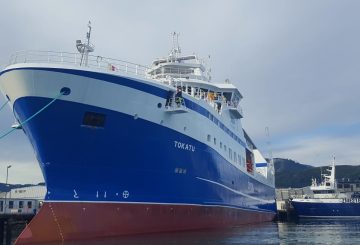南タラナキの地方部族(IWI)と議会は、新しいパートナーシップ協定を締結しました。ヘ・ポウ・ティカンガ・パートナーシップ戦略は、南タラナキ地区議会が地域の4つのイウィとの協力をどのように改善する計画を立てているかを説明している。この合意は、議会とIWIのガバナンス・グループによってなされました。この協定には、両陣営の職員が協力し、協議会がパートナーシップに資金を提供しています。
協定には、IWIは議会の方針の策定、サービスの提供、特別プロジェクト、意思決定に関与すべきであると記載されています。IWIが参加するには、評議会やその他の資金源からのさらなるリソースが必要です。フィル・ニクソン市長は、双方の職員が協力することが不可欠であると述べました。
評議会のIWI委員会は、このパートナーシップを2024-34年の長期計画に含めることを承認しました。しかし、新政府は、地方自治体の規則を含め、マオリとの共同統治を減らすことを計画している。新規制担当大臣のデイビッド・シーモア氏は、代替規則は財産権に焦点を当てるものになると述べた。
ニクソン市長は、政府が引き続き地方主義を支援することを望んでいる。同市議会はIWIと良好な関係を築いており、今後もその関係を築いていきたいと話した。また、この協定では、南タラナキの2区を含め、国民投票なしで設立されたマオリの議会区は、次の地方選挙において住民投票を受けることも義務付けられている。ニクソン氏は、地域社会が各区と新しいパートナーシップ協定を支持してくれることを期待している。
パートナーシップの交渉には3年以上かかりました。Iwiの代表者たちはその可能性にわくわくしている。彼らは、それがIWIと評議会の間の協力と信頼の拡大につながり、地区に利益をもたらすと信じています。この協定には、地方民主主義のさらなる計画も概説されている。




























































